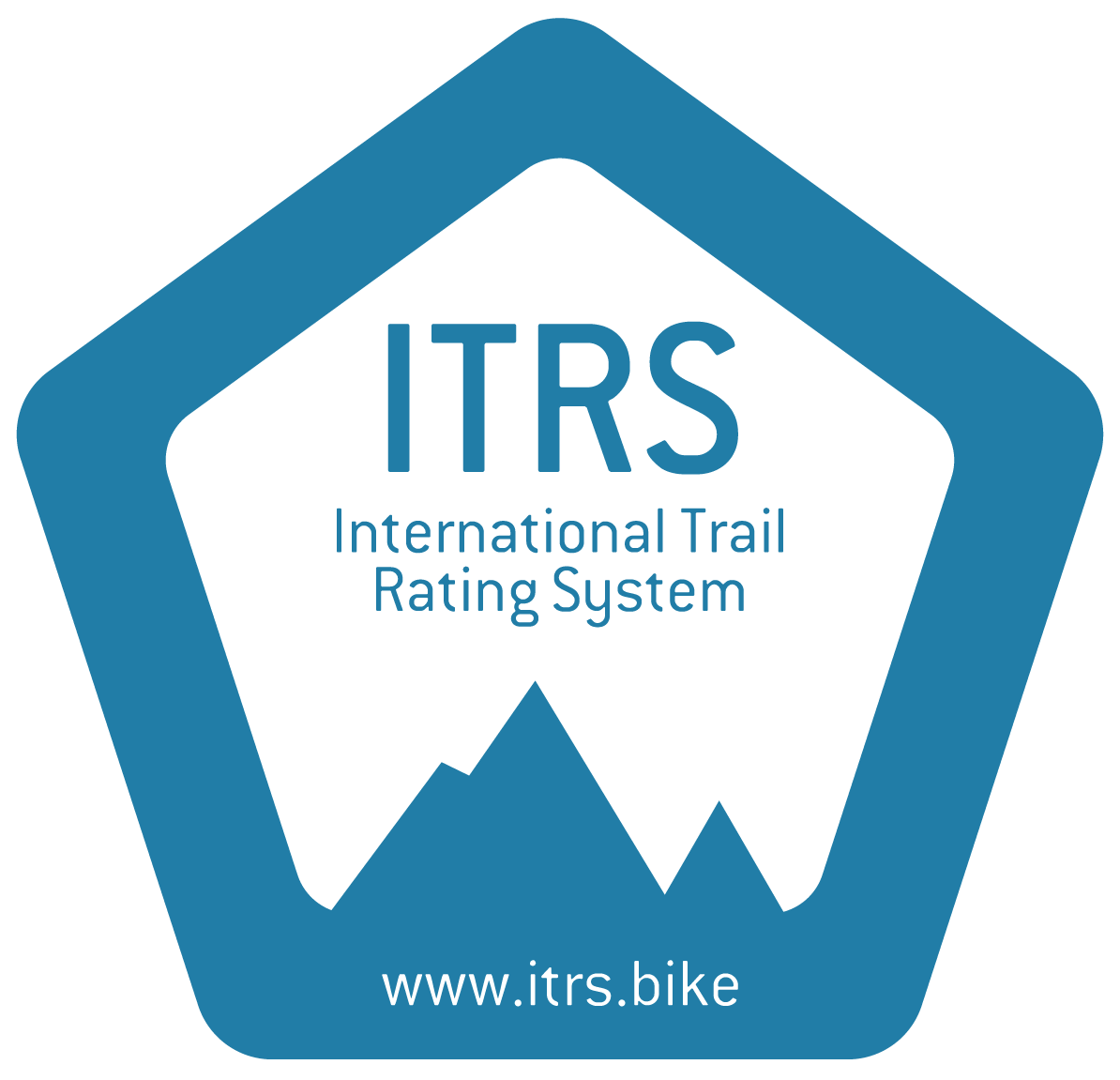Amount of planning required to account for rescue options, mobile phone reception, water supply and dangerous wildlife
The most critical of the four criteria determines the wilderness factor of a whole route or tour, i.e., only one criterium needs to be met.
Civilized Area

Typical examples: Urban or suburban areas, bike parks and trail centers with permanent staff.

Mobile reception: strong coverage everywhere

Evacuation/rescue options: Various quick evacuation options are possible including easy self-evacuation (examples: close to paved roads, medical staff on site, defibrillators installed)

Water supply: sufficient, frequent fountains, small bottle sufficient

Wildlife: No dangerous wildlife
Some planning necessary

Typical examples: Most Middle European forests and small mountains, trail centers without permanent staff

Mobile reception: more than 70% of tour distance with mobile reception

Evacuation/rescue options: Self-evacuation possible but takes longer, rescue without helicopter possible but rescue not available on site (example: access with 4-wheel drive only)

Water supply: Limited, some fountains along the route, planning required of the amount of water that you carry

Wildlife: Dangerous wildlife can be met (e.g., venomous but not deadly snakes or spiders, lynx, wild boar)
Careful preparation necessary

Typical examples: Remote areas of the alps, areas in the Rocky Mountains

Mobile reception: 30-70% of tour distance with mobile reception

Evacuation/rescue options: Professional help required for efficient rescue (fastest way is a helicopter), self-evacuation too slow and too complicated

Water supply: Scarce, very few fountains along the route and maybe only towards the end, careful planning required of the amount of water that you carry

Wildlife: Life-threatening wildlife can rarely be met (e.g., grizzlies or brown bears, wolfs, deadly venomous snakes, spiders etc.)
Professional plan-ning is prerequisite

Typical examples: Australian Outback, regions in Himalayas, Canyonlands, Alaska, …

Mobile reception: less than 30% of tour distance with mobile reception

Evacuation/rescue options: Only way to get help is via helicopter, self evacuation would take several hours if at all possible

Water supply: None, you need to be self-sufficient with the water that you take along

Wildlife: Life-threatening wildlife can frequently be met (e.g., grizzlies or brown bears, wolfs, deadly venomous snakes, spiders etc.)
